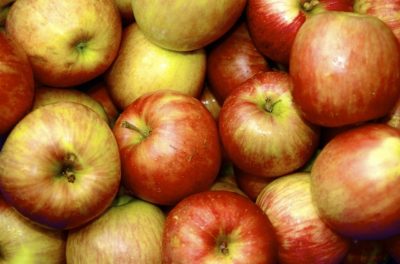
On January 22, 1999, I attended a writerly event at the University of Central Florida: “Distinguished Author Series: Margaret Atwood.” Yes, THE famous Margaret Atwood. You may know that Atwood, a Canadian, authored the best-selling, horrifying, dystopian novel, The Handmaid’s Tale (1985), which television producers — with their sights on America’s currently inflamed neurosis — are feeding the airwaves as a television series for all the world to watch.
But in 1999 when I was standing in the aisle to see Atwood in the overcrowded UCF auditorium, it wasn’t the horrifying novel of Atwood’s, which she was discussing along with other work, that made the biggest impression on me. It wasn’t even her reputation as one of the finest living writers. No, it was someone else’s book she acclaimed as a “must read” for writers, painters, playwrights, and poets, and what we call “the general public.” It’s a little book that stirs up a big subject — The Gift: Imagination and the Erotic Life of Property by Lewis Hyde.
Hyde’s book, non-fiction, has an intriguing cover. On the cover is a reproduction of a piece of art titled “Basket of Apples,” and on the copyright page, it says the art is reprinted through the courtesy of the Shaker Community, Inc. Spoiler alert: it is appropriate that Shakers play a role in the face of this book. The Shakers were a faith community that flourished in the northeast U.S. during the 1700s and 1800s, sharing their lives and goods. I learned from Wikipedia that even though men and women usually labored separately on the commune, they did unite to harvest apples.
What’s so great about The Gift?
The dedication page says it all. “What is good is given back.” As writers, what we have is a gift. We express what’s inside of us with words that appear outside of us. We give of the gift we have. On first pages of the book’s introduction, Hyde lets us know what he thinks.
“It is the assumption of this book that a work of art is a gift, not a commodity. Or, to state the modern case with more precision, that works of art exist simultaneously in two ‘economies,’ a market economy and a gift economy. Only one of those is essential, however: a work of art can survive without the market, but where there is no gift there is no art.”
One way to read The Gift
Begin by reading the conclusion of The Gift. It starts on page 273 and goes for ten pages. One thing Hyde offers there is a story told by the Chilean poet, Pablo Neruda. When he was a child, he received a toy from a child he didn’t see, who stuck his hand through a hole in their shared backyard fence and gave Pablo a “marvelous white toy sheep.” No words were spoken. To give back, out of gratitude, in the spirit of sharing, Pablo ran in the house, came back, and put his favorite toy through that same hole, “a pine cone, opened, full of odor and resin, which I adored.”
Give your writing gifts the best nourishment, attention, and expression you can. Someone waits on the other side of the fence.

Ruth Coe Chambers
Thanks for a fine article. I hope I have given nourishment through words to those who waited on the other side of the fence.
Ken Pelham
That’s a wonderful perspective on what we do, Charlene. Thanks for sharing your gift